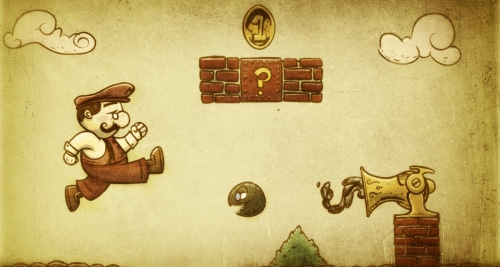Ouch. Someone might be sore from a few reviews.
While this post is not going to be another in the inexorably long discussion of whether or not games are art, it does apply to the discussion about how we view art in general. You see, THQ EVP Danny Bilson recently shared some thoughts with IGN about Homefront’s review scores. When asked what he thought of them, Bilson had this to say:
If we were universally panned, I would say “Yeah I guess it didn’t work.” I think the idea of 50 reviews that are so radically spread says that we made a game that has a point of view and that you might even argue is controversial…
Do I prefer that it’s controversial? No, I’d prefer if everybody in the world loved it. But there are 20+ reviews that are over 80, there are some haters, and there are some mid-range ones. Do I read them all to see what we can do better next time and have every review be 100? Of course, our goal is always that. What I will say pretty clearly is the game is not a “71.” You can’t apply math to art.
I haven’t played Homefront, so I’m not going to comment on whether or not Homefront is in fact art, or not. However, this does bring an issue up about how video games are reviewed and scored. Do you guys think that in an artistic medium, it’s alright to attach hard numbers to these games? I mean, Shadow of the Colossus has a 91 attached to it on Metacritic, which to me just seems silly for something that I actually do consider art.
So what do you guys think? Go!
Source – IGN



